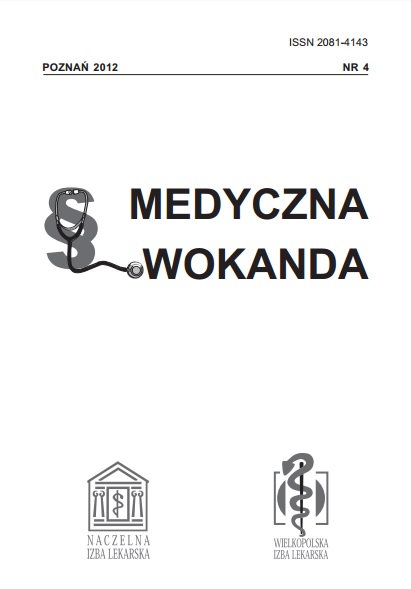Stosowanie technik wspomaganej medycznie prokreacji w celach niewyłącznie rodzicielskich. Problem „dziecka-lekarstwa”
The application of medically assisted procreation techniques for other than exclusively parental purposes. The issue of a ‘child as a medicine’
Author(s): Joanna HaberkoSubject(s): Law, Constitution, Jurisprudence, Human Rights and Humanitarian Law
Published by: Naczelna Izba Lekarska
Keywords: procreation techniques; child as a medicine
Summary/Abstract: Reproductive medicine is a branch of science which is developing in a highly intensive and extremely rapid manner, while these developments are far from receiving unanimous moral and legal approval. The techniques of medically assisted procreation are applied in numerous instances of unintentional infertility of human couples. As techniques of medical treatment theyshould correspond with the requirements of current medical knowledge and be applied in conformity with the current state of medical knowledge and standards of conduct in the treatment of infertility. The subject of this paper is to a certain extent related to the limits of this medical obligation.Polish law does not provide any detailed solutions in the field of the application of medically assisted procreation techniques, both as regards the standards of conduct and theadmissibility of undergoing ‘infertility treatment’for a purpose which is actually not medicinal. The lack of grounds and detailed principles governing the standards of the profession in Polish law generates a risk of the instrumental use of the latest achievements of medical technology. Onthe one hand, the legislator does not take a stand as regards the admissibility of the applicationof medically assisted procreation for other than exclusively parental purposes. The decision concerningthis admissibility is left to the due diligence, assessment and conscience of a doctor approached by a couple wishing (or even demanding) that a child is created in order to save its illsiblings. At the same time, the legislator appears to set the limits for the admissibility of usingbone marrow and hematopoietic cells of peripheral blood for the sake of one’s siblings. The factof establishing these limits, and the fact that the legislator does not leave this matter to the decision of parents and doctor, is praiseworthy. There are still doubts, however, stirred by the possibility of exceeding these limits when using blood cells obtained for siblings, or the lack ofsanctions when acting despite the objections of the minor to have his/her bone marrow harvested.The legal protection of the limits for the admissibility of obtaining material from onechild to treat another is vested in courts and their decisions, made in accordance with the principleof the child’s interest. It is of course difficult to design general solutions, but it seems that thecourt should be very particular when examining the admissibility of harvesting when a minor has not consented to have his/her bone marrow harvested; the same thing applies in the situationwhere hematopoietic cells are harvested when a minor is not given an opportunity to takea stand.
Journal: Medyczna Wokanda
- Issue Year: 4/2012
- Issue No: 4
- Page Range: 31-43
- Page Count: 13
- Language: Polish

